Why wave pool construction is a difficult, moody beast
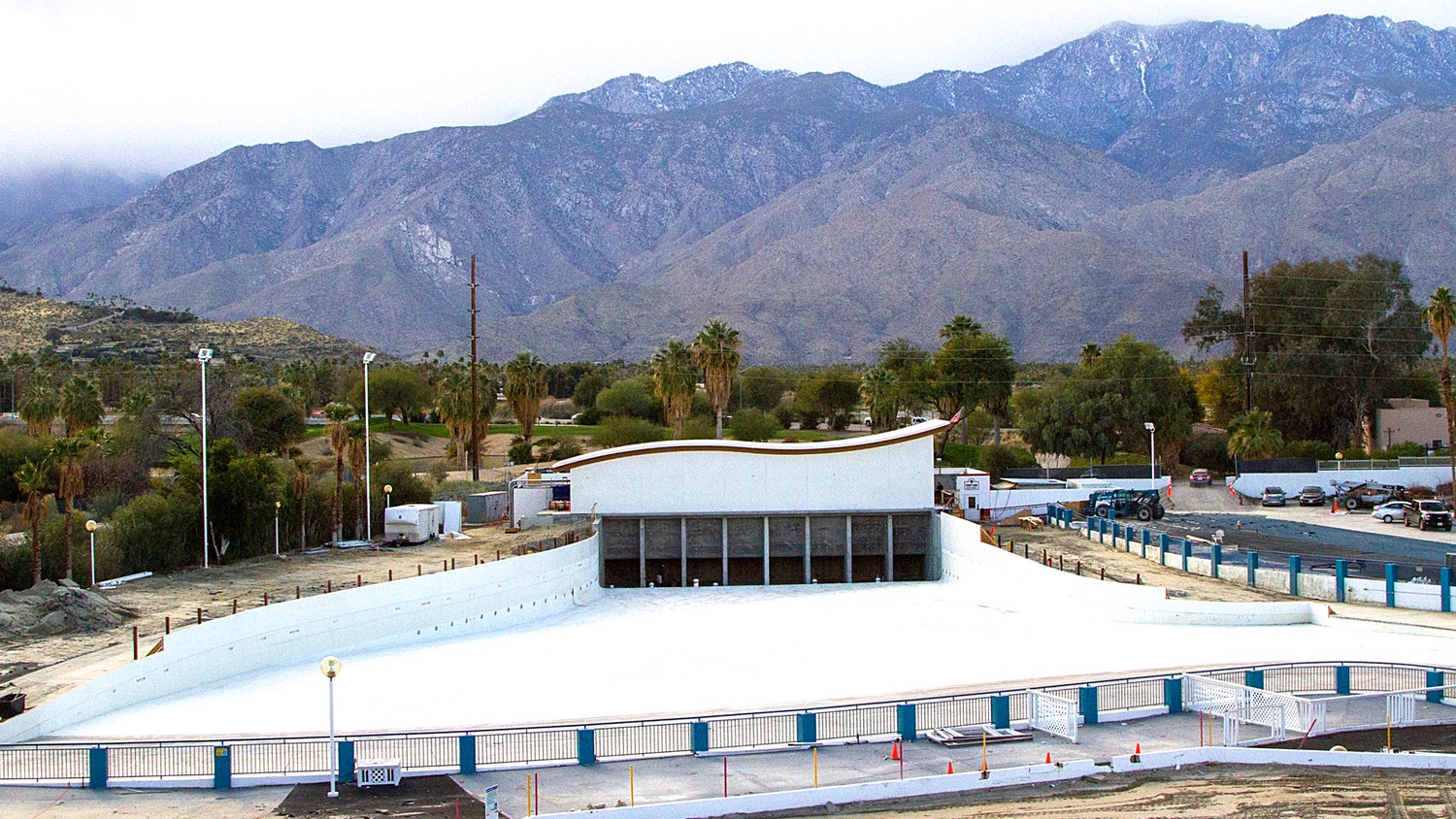
In the creation of dream waves it’s the engineers who get all the glory. These creative minds tethering their stardust visions via slide rules and math are the rock stars of the wave pool movement. But Aaron Trevis, Josema Ordriozola, Bruce McFarland, Clément Ginestet, Adam Fincham and others need a solid backing band to bring these dreams to life. This is where the construction companies come in. This crew in hard hats and reflective safety vests is the rhythm section of the surf park world.
Tom Lochtefeld pointed out to us that his recent success in Palm Springs and at a secret, private wave pool in America’s Northeast were all made easier by Florida construction company Recreational Design & Construction, Inc. “They are really up-to-speed on what to do,” said Tom. “Normally you want the larger, commercial pool builders. It’s a different animal when you start to get into bigger pools. The concrete pours can be difficult.”
We wondered how difficult can it be really? It’s concrete. It’s wet when you pour it and then it dries and it becomes hard as, well, concrete. But a wave pool build more closely resembles hydroelectric projects like a mini Hoover Dam than your uncle’s backyard dream jacuzzi. The amount of concrete rebar and exactly where and when they get placed is very complex. Unlike a software algorithm for sequencing wave-making pneumatics, a botched plenum space can’t simply get rebooted. Concrete is rather permanent.
We reached out to Joe Cerrone, the president of RDC Design Build. Joe shares his knowledge of the whole complicated process, expanding upon all those little subtleties that go into building these fantastic projects. As a bonus, we also get a price tag for an eight-caisson Surf Loch wave pool.
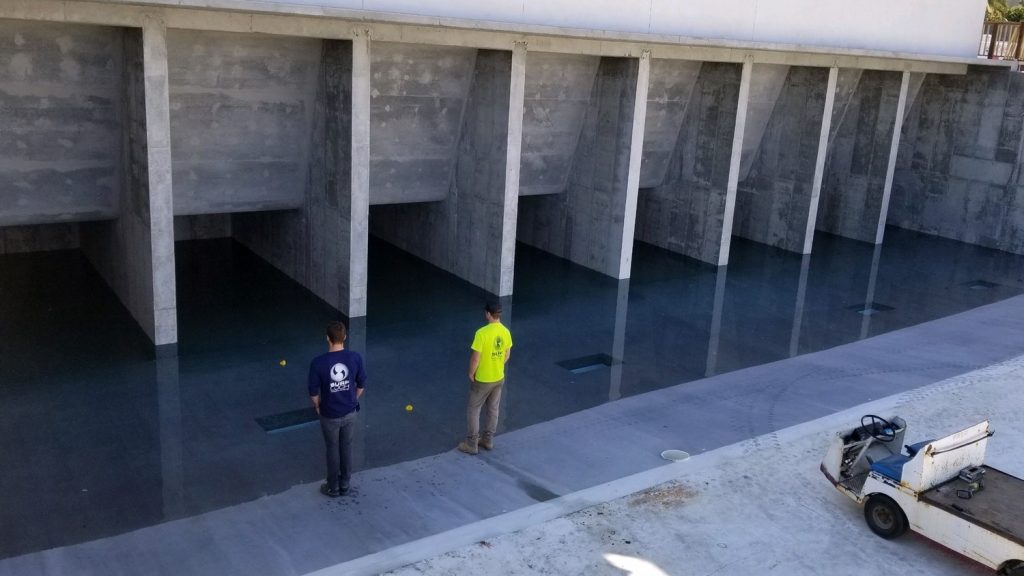
OK. Let’s say I’ve got my wave-making technology license and blueprints. I’m flush with investment cash and I’ve got land and I want to build a wave pool. At what point in the sequence of events should I reach out to your company?
The sooner the better! Prior to hiring design professionals and going hard on the land purchase, we can lend a hand early on in the process so there are no big (or little) surprises. We frequently get involved in site selection and master plan development. We’ve learned to work as a true team towards one goal –– a completed project that matches the owner’s vision, budget and timeframe. One of the advantages of Design/Build is that architects, engineers and design professionals all work under the Design Builder’s control. For the owner, this means one point of contact and one responsible party. Owners like working with us, because we let them to be as hands-on (or off) as they want.
What are the three biggest concerns when building a wave pool?
Once the financial matters are out of the way, which means you actually have the money to build and maintain the wave pool, my next concern is managing your expectations. This is still construction, and s*#t happens! As experienced and confident as we are in our abilities to manage complex projects, it’s important we’re all aligned with the same goal. Finally, we need to get along and enjoy working together. We won’t always agree, but for the most part, we need to be on the same page. I’ve been at this since 1973 and decided long ago, I won’t work with assholes. Life is too short.
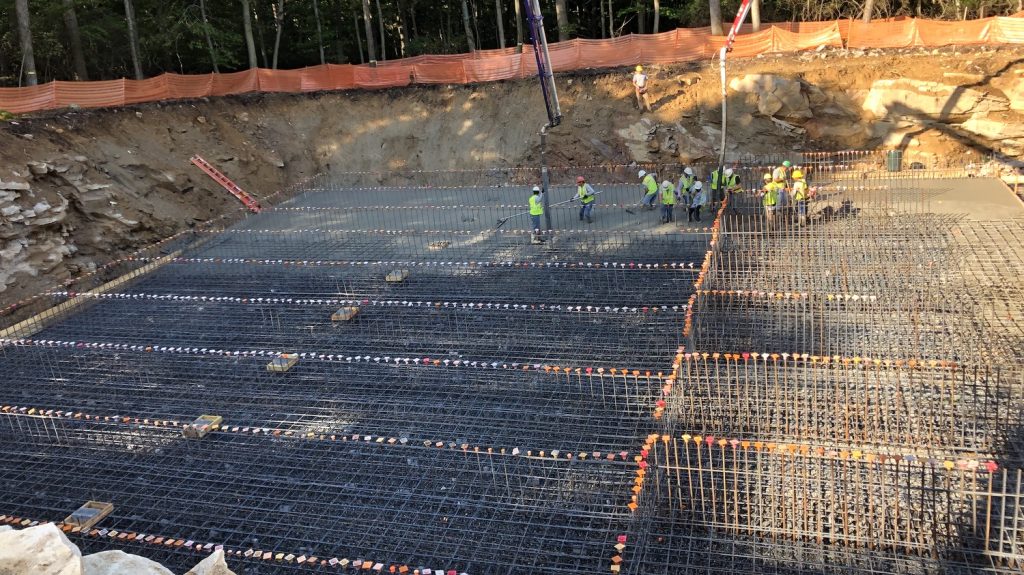
What are some of the “surprises” wavemakers might encounter when building a wave pool?
Everyone needs to understand how new this technology is and that very few Wave Pools exist that are capable of producing a true surf-able ocean wave. Typically, the primary surprises we encounter have to do with the pressure the plenum walls are under and how to keep them airtight. It’s also amazing how much heat is generated through the ductwork that generates the wave.
What is the main difference in the wall/bottom strength and build of a backyard swimming pool when compared to a wave pool – do you just add more concrete?
The closest comparison I can make to the Surf Loch surf pools is to a spillway for the Hoover dam. The overall wall height of 17’-6” with a water depth is 10’-6” the additional wall height captures the wave in the pool. The wall thickness is 14” thick at the base with two layers of # 7 & 8 reinforcing steel 8” on center each way. This is not normal pool construction. The pool slab is 24” thick with multiple layers of #5 rebar top and bottom and each way. The power of an 8’ wall of water crashing on the walls or the floor is massive, and that happens every 45 seconds. There are also forces on the walls and floor when the wave recedes that need to be reckoned with. The structural engineers designed the pools to handle all the forces involved. We must also prepare the soil under the pool so the concrete pool floor can handle the extreme loads. The surf pool in the Northeast was built on a granite ledge to ensure there would be no settlement – That was a bucket list day when I got the push the detonator on the dynamite!
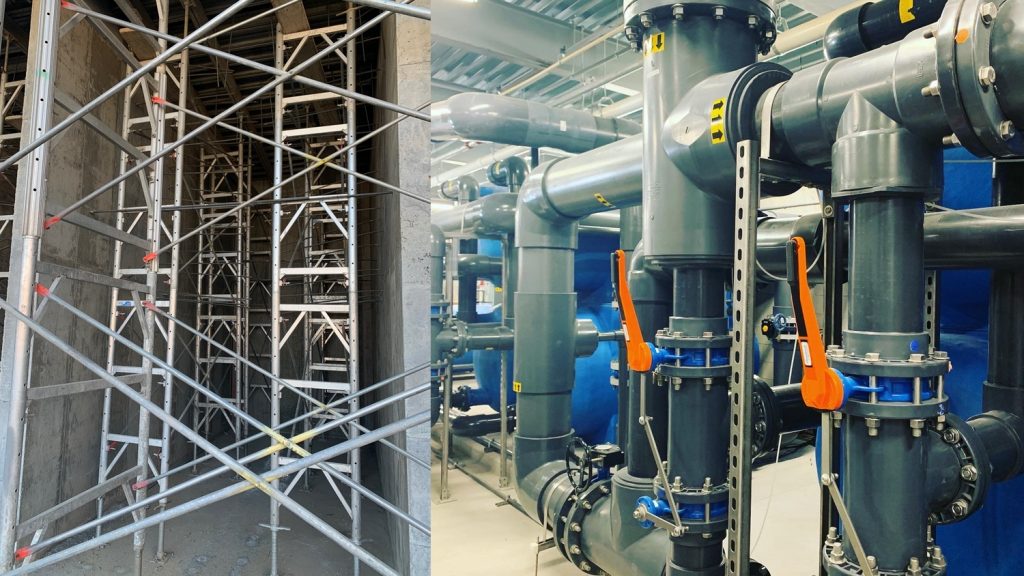
Does this level of sophistication extend beyond the concrete and rebar?
There is nothing standard in these surf pools. Our surf pools have filtration systems capable of producing drinking quality water. We use chlorine, Co2 and UV systems to treat the water. (A side note Chlorine, Co2 and UV all kill COVID 19.) These pools have highly technical systems that can be managed and maintained remotely by computers and software. The equipment rooms look closer to a control room from NASA than a standard pool pump room.
Suppose we want to build a one-acre Surf Loch wave pool – what would that set us back? would it be cheaper to build a pool in the French countryside or at an abandoned cement factory in Ohio?
Of course, my preference would be building in the French countryside. With that said, the cost might go up a bit based on the entire company doing research in France. Now in an abandoned cement factory in Ohio, a one-acre Surf Loch wave pool translates to an eight-caisson surf pool. This is a plenum-based pool (plenum space is created for hot or cold air circulation within a structure) with wave dampening and a mechanical building for electrical and filtration. The Rough Order of Magnitude pricing for the hard construction cost is $8,000,000 (not including the Surf Loch Equipment).
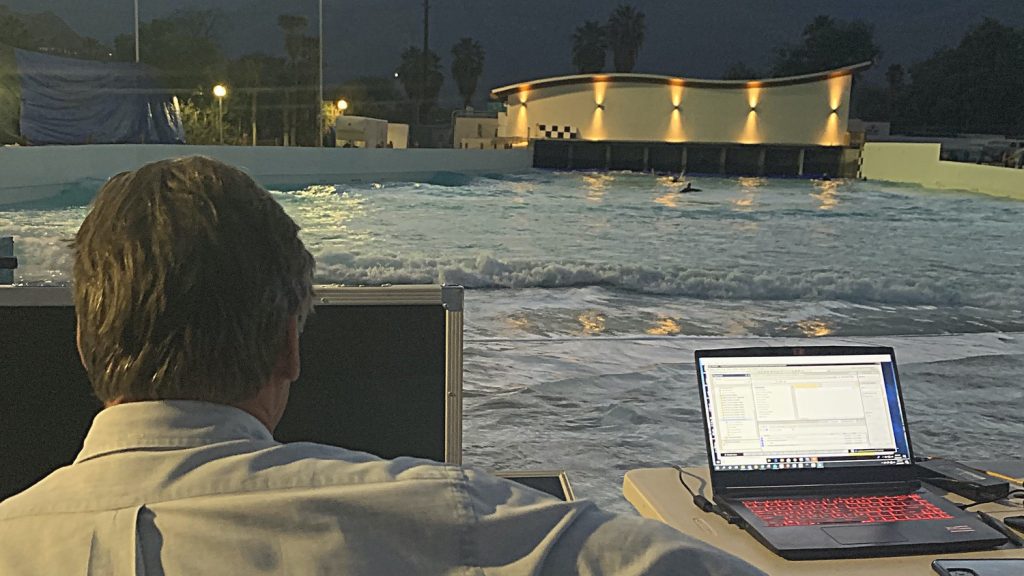
Do costs go up exponentially between a one-acre pool and a two-acre pool?
No, there are savings based on the sheer increase in volume and size.
What if we change our mind midway through the project and decide we want a different wave-pool technology, say, a Whitewater or Wavegarden system. Do you work with these other technology companies?
Are you out of your mind? No one makes a change of that magnitude midway through a project like this. The technology is what drives these projects and is the first thing to decide. Besides, there is a huge difference in the design and construction from one system to another. However, if you truly wanted a Whitewater or Wavegarden system, we’d build it, but it would certainly impact your budget. To ensure our customers don’t have second thoughts, we invest the time upfront to understand exactly what they want and go to great lengths outlining the pros and cons to help them reach the right decision. I’ve worked with Tom Lochtefeld and Surf Loch since 2012. The relationship provided RDC with a behind-the-scenes look at the research and development that went into the Surf Loch technology. Being involved from the company’s inception allowed us to influence the design and engineering. Plus, we were part of the first two builds. We have intimate knowledge of what it takes, what works and what doesn’t.
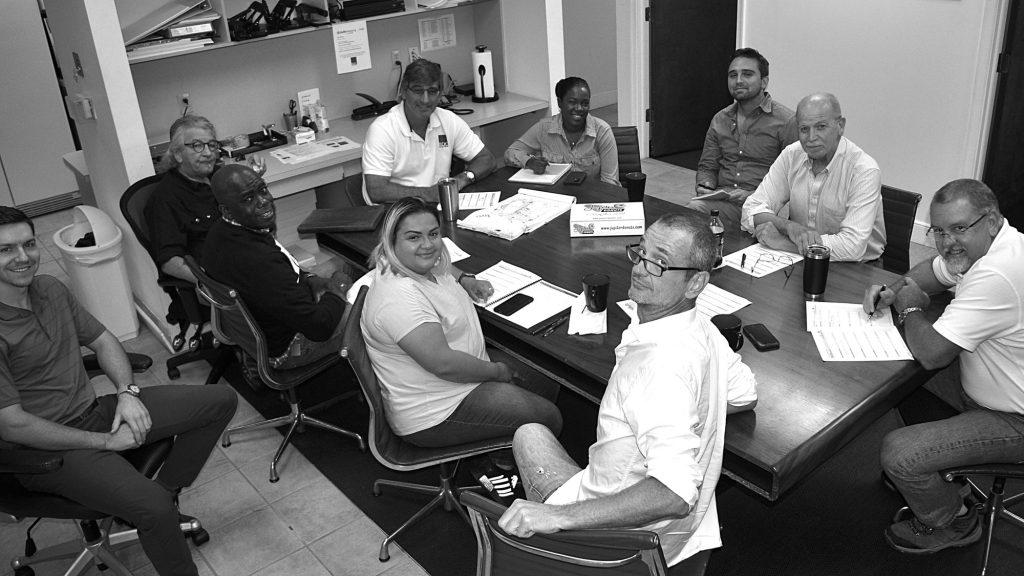
Related Coverage
